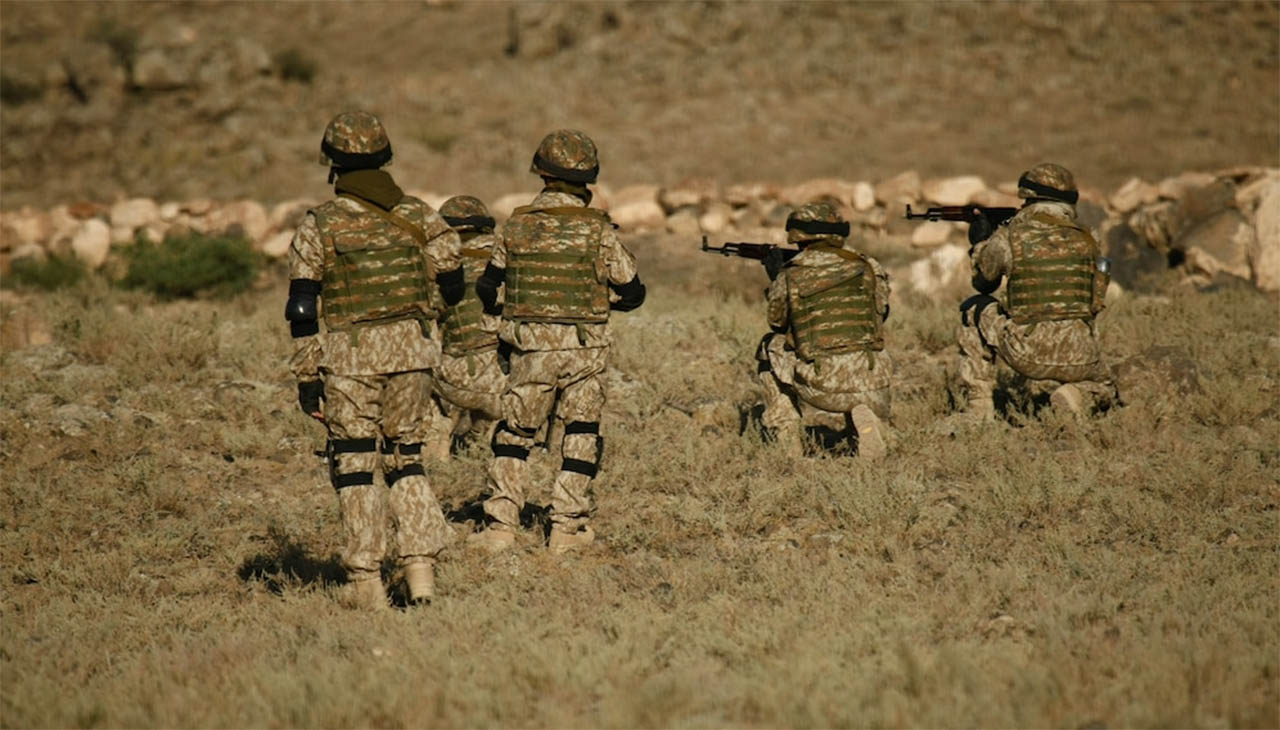Light footprint operations, although essential for maintaining security and peace, often face significant challenges regarding adequate medical support. This can lead to delayed responses, inadequate patient care, and unnecessary risk to personnel. The root cause of these issues is often a lack of clear policy and structure to guide medical support in these unique operational contexts. This paper aims to explore these challenges, their implications, and potential solutions to streamline medical support for light-footprint operations. These proposals endeavor to improve response times, enhance the quality of care, and ultimately save lives while maintaining the operational efficiency of the forces involved.
The Challenges of Medical Support in Light Footprint Operations
Light footprint operations, characterized by limited personnel and resources, often face significant challenges in providing adequate medical support. One of the key challenges is the logistical difficulty of transporting medical supplies and personnel to remote or volatile locations. This is often exacerbated by the unpredictability of injuries or illnesses, requiring a diverse range of medical equipment and expertise on standby. Additionally, communication difficulties can further complicate the provision of medical support, especially when operating in areas with unreliable or non-existent infrastructure. Lastly, the security of medical personnel and supplies can be a major concern, as they may become targets in conflict zones. Addressing these challenges requires innovative solutions, from leveraging technology to improving strategic planning and coordination.
Potential Solutions to Address the Lack of Clarity
To address the lack of clarity in medical support for light footprint operations, a multi-pronged approach is recommended. Firstly, there should be a clear and comprehensive policy framework outlining specific protocols for medical support in these operations. This will provide a standard guide for all involved and streamline decision-making processes. Secondly, developing partnerships with local communities and organizations can help overcome logistical and communication challenges. These entities often possess valuable local knowledge that can aid in the planning and execution of medical support initiatives. Thirdly, leveraging technology can play a crucial role. Telemedicine, which allows healthcare professionals to assess, diagnose, and treat patients remotely, can be highly effective in these contexts. Finally, prioritizing the training of personnel to operate effectively under these challenging circumstances will enhance the overall medical support capability. These solutions, when implemented, will greatly improve the efficiency and effectiveness of medical support in light-footprint operations.
Innovations and Technologies for Improved Medical Support
Innovations and technologies have a huge potential to revolutionize medical support in light-footprint operations. One such innovation is the use of drones for transport. Drone technology can bypass the logistical challenges of remote or conflicted locations, delivering essential medical supplies quickly and efficiently. Furthermore, mobile health technologies and apps can enable rapid communication and data transfer between field units and medical support teams, expediting the diagnosis and treatment planning for casualties. Wearable devices capable of real-time health monitoring could also be an asset, as they can alert medical teams to any potential health issues before they become critical. Another promising technology is point-of-care diagnostic tools. These can provide immediate results for a range of tests, enabling quicker treatment decisions. Finally, AI technology could also play a role, potentially aiding with triage decisions, predicting disease outbreaks, or assisting with medical imaging analysis. Taken together, these technology-led solutions could significantly improve the medical support provided in light-footprint operations.
Collaboration and Partnerships for Enhanced Medical Support
Collaboration and partnerships are vital in enhancing medical support in light-footprint operations. Building strong partnerships with local healthcare providers and NGOs can contribute significantly to creating an effective medical support system. These collaborations can help navigate local environments and cultural norms, facilitating smoother operation and acceptance. Collaborations with international organizations and agencies, such as the World Health Organization or the Red Cross, can also provide additional resources and expertise. Military and civilian cooperation is also paramount to creating a comprehensive medical support plan. Joint training exercises can help to establish a unified approach to managing medical emergencies. Such partnerships can also result in shared knowledge and resources, leading to the development of more efficient and effective medical support strategies.
Conclusion
Medical support in light-footprint operations is a complex and challenging endeavor. Without the necessary clarity of policy, resources, and personnel, these missions can be rendered unsuccessful. However, through leveraging technology, building partnerships, and developing clear protocols, medical support for these operations can be improved immensely. Such measures will lead to faster response times, enhanced quality of care, and ultimately, more lives saved. Ultimately, it is through collaboration and innovation that medical support in light-footprint operations can be successfully provided.
Moving forward, governments should continue to invest in research and development for healthcare technologies as well as improve their partnerships with local communities and organizations. These measures will help to ensure the safety of the personnel involved while providing the necessary resources and capabilities for the mission. Furthermore, training personnel to operate in these contexts is paramount to creating an effective medical support system. When combined with a clear and comprehensive policy framework, these measures will ensure that medical support in light-footprint operations is provided successfully and safely.

